Recycled Leather Waste Materials
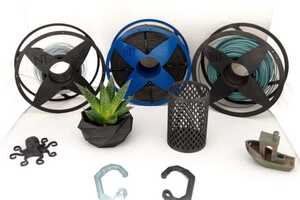
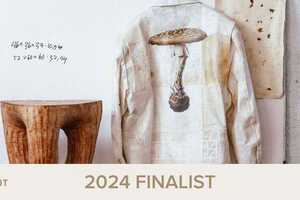
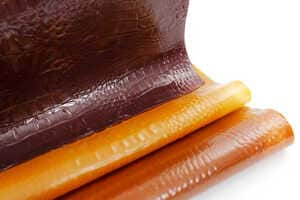

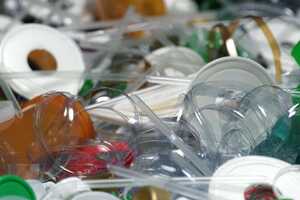
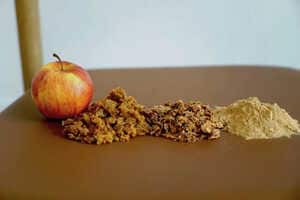

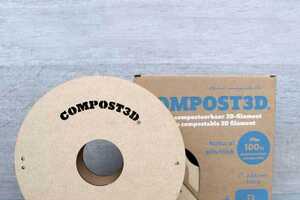

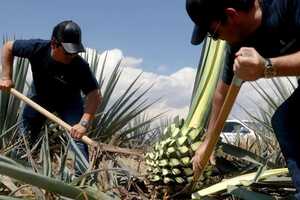
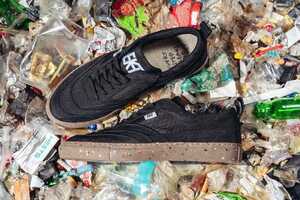
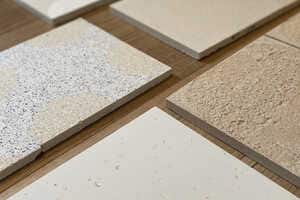
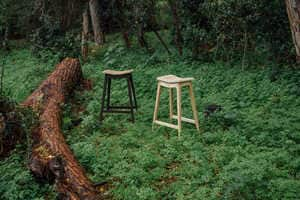


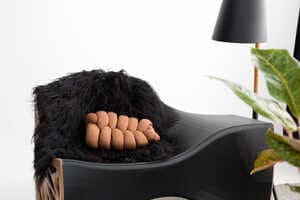
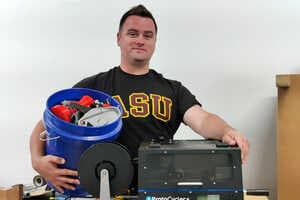

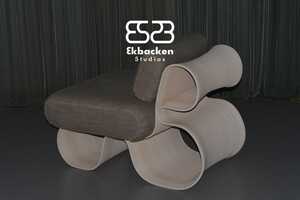


ECOFAP is Developing a 3D Printing Material out of Leather Waste
Colin Smith — November 27, 2024The ECOFAP project, led by AIMPLAS, Pikolinos, Evatalking, and the Footwear Technology Centre of La Rioja (CTCR), aims to develop a new 3D printing material from recycled leather waste. The project focuses on transforming tanned leather waste, which is typically challenging to recycle due to contaminants like adhesives and inks, into a viable secondary raw material. By reducing leather scraps to particles smaller than 10 microns, the consortium plans to blend them with suitable polymers to create a filament for Fused Deposition Modeling (FDM) 3D printing. This innovative approach is expected to reduce the environmental impact of the footwear industry by repurposing waste into high-quality components such as shoe soles and heels.
The initiative is part of a broader commitment to the circular economy, aiming to minimize waste and promote sustainability within the footwear industry. The Valencian Community, which produces 65% of Spain's shoes, generates approximately 3,500 tonnes of leather waste annually. Traditional recycling methods often result in low-quality materials, but the ECOFAP project seeks to overcome these challenges by creating a high-value product from what would otherwise be discarded. This not only reduces landfill waste but also conserves resources and lowers the industry's carbon footprint.
Funded by Spain's Ministry of Science, Innovation, and Universities, along with the European Union's Next Generation funds, the ECOFAP project represents a significant step towards sustainable manufacturing. By combining 3D printing technology with recycled leather, the project showcases how innovative solutions can drive environmental sustainability and reduce the footwear industry's waste. The collaboration between industry leaders and research institutions highlights the importance of adopting circular economy principles to create a more sustainable future.



